
Software Engineering at Google. Lessons Learned from Programming Over Time Titus Winters, Tom Manshreck, Hyrum Wright
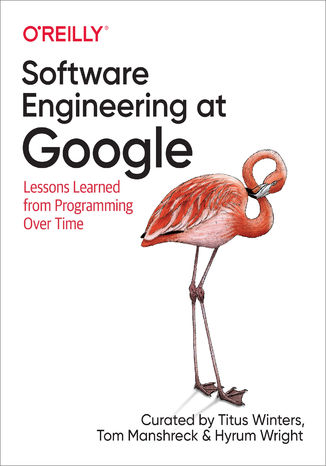

- Autorzy:
- Titus Winters, Tom Manshreck, Hyrum Wright
- Wydawnictwo:
- O'Reilly Media
- Ocena:
- Stron:
- 602
- Dostępne formaty:
-
ePubMobi
 opcje wysyłki »
opcje wysyłki »
Opis
książki
:
Software Engineering at Google. Lessons Learned from Programming Over Time
Today, software engineers need to know not only how to program effectively but also how to develop proper engineering practices to make their codebase sustainable and healthy. This book emphasizes this difference between programming and software engineering.
How can software engineers manage a living codebase that evolves and responds to changing requirements and demands over the length of its life? Based on their experience at Google, software engineers Titus Winters and Hyrum Wright, along with technical writer Tom Manshreck, present a candid and insightful look at how some of the world’s leading practitioners construct and maintain software. This book covers Google’s unique engineering culture, processes, and tools and how these aspects contribute to the effectiveness of an engineering organization.
You’ll explore three fundamental principles that software organizations should keep in mind when designing, architecting, writing, and maintaining code:
- How time affects the sustainability of software and how to make your code resilient over time
- How scale affects the viability of software practices within an engineering organization
- What trade-offs a typical engineer needs to make when evaluating design and development decisions
Wybrane bestsellery
O'Reilly Media - inne książki
Dzięki opcji "Druk na żądanie" do sprzedaży wracają tytuły Grupy Helion, które cieszyły sie dużym zainteresowaniem, a których nakład został wyprzedany.
Dla naszych Czytelników wydrukowaliśmy dodatkową pulę egzemplarzy w technice druku cyfrowego.
Co powinieneś wiedzieć o usłudze "Druk na żądanie":
- usługa obejmuje tylko widoczną poniżej listę tytułów, którą na bieżąco aktualizujemy;
- cena książki może być wyższa od początkowej ceny detalicznej, co jest spowodowane kosztami druku cyfrowego (wyższymi niż koszty tradycyjnego druku offsetowego). Obowiązująca cena jest zawsze podawana na stronie WWW książki;
- zawartość książki wraz z dodatkami (płyta CD, DVD) odpowiada jej pierwotnemu wydaniu i jest w pełni komplementarna;
- usługa nie obejmuje książek w kolorze.
Masz pytanie o konkretny tytuł? Napisz do nas: sklep@ebookpoint.pl
Książka drukowana



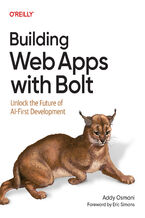





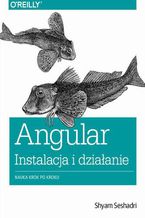
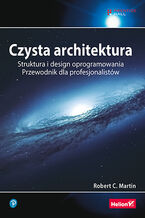
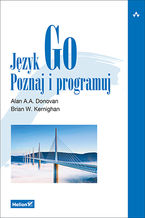
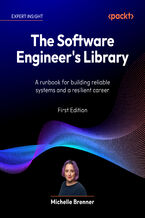







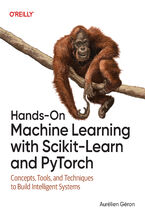
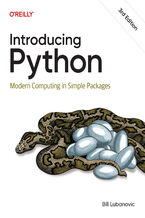
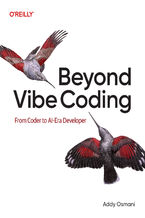
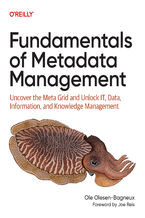

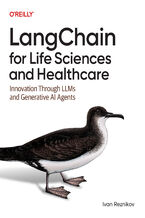
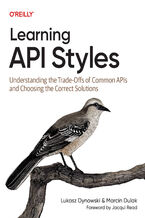
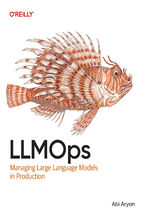
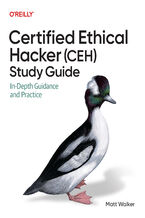
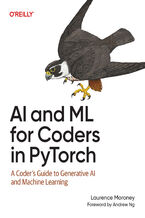
Oceny i opinie klientów: Software Engineering at Google. Lessons Learned from Programming Over Time Titus Winters, Tom Manshreck, Hyrum Wright
(0)